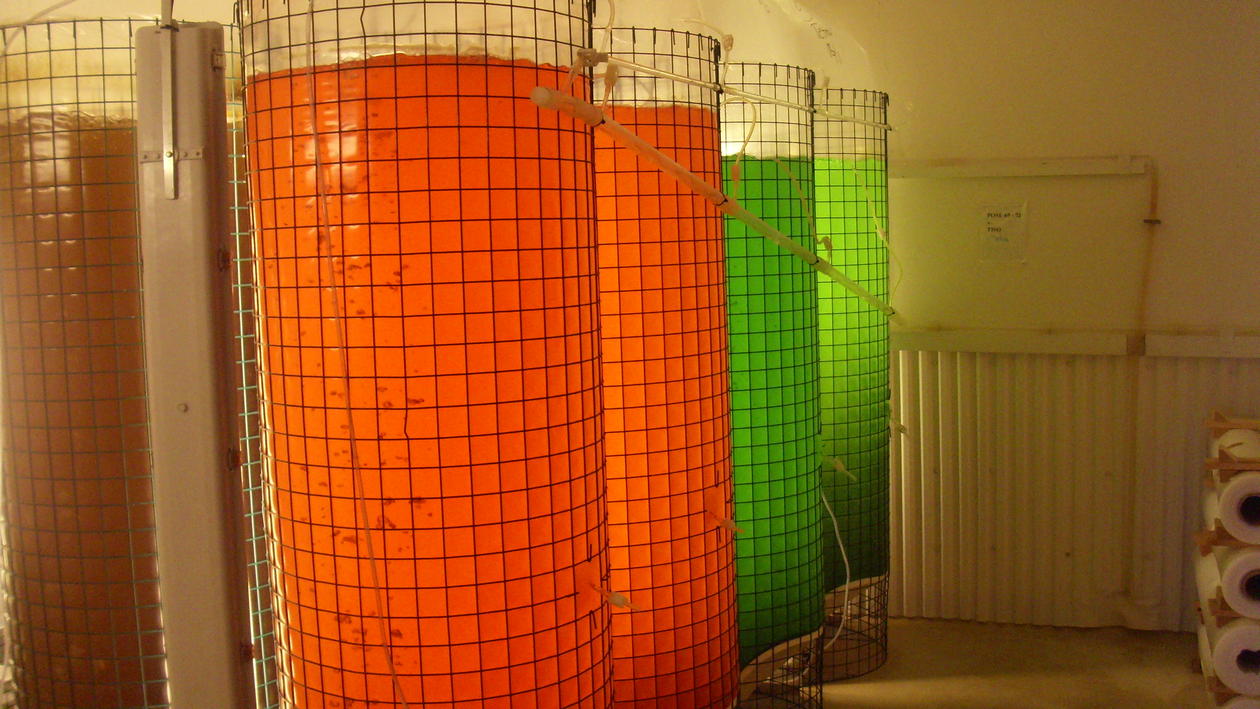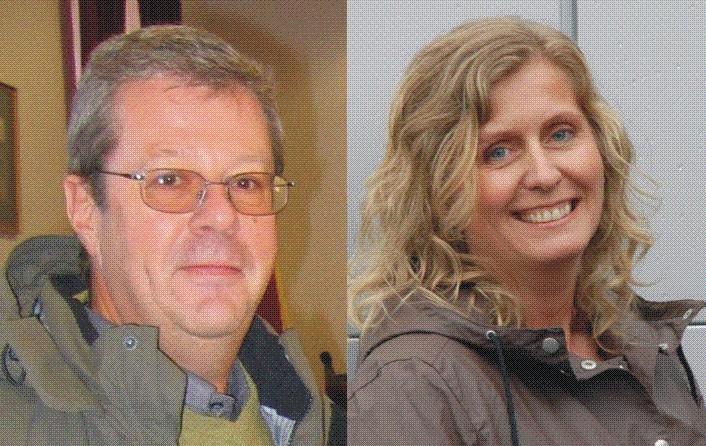REPROSEED
Research to improve production of seed of established and emerging bivalve species in European hatcheries
Main content
The main concept of the project is linking pure and applied approaches to examine complex biological processes and provide innovative technology in order to improve bivalve seed production in Europe. Production of bivalve seed in hatcheries and nurseries is a relatively new industry for which most methods have been developed using empirical approaches, adapting methods across species and measuring the resulting effect in terms of growth and survival. Applied research on biochemistry and physiology have provided a better understanding of the effect of biotic (micro-algal diet, bacterial communities, etc.) and abiotic (temperature, salinity, etc.) factors, but most of these studies have only had a limited impact on the industry. To date, a few bivalve species of major aquacultural importance in Europe have benefited from newly developed genomic resources and approaches (e.g. microarrays for gene expression studies and 2D-DIGE for proteomics) and from technological innovations (e.g. flow-through rearing, automated monitoring, etc.). In the present project we will link these two aspects, to improve methodologies and to develop and optimise new production processes. Studies will be performed on the biological basis of key aspects of bivalve reproduction (e.g. conditioning and gamete fertilisation success, larval nutrition and immuno-stimulation, metamorphosis and settlement success, maturation of seed) at the molecular level using genomics and proteomics approaches. These will complement the development of new rearing and food production methods (e.g. re-circulating systems and low cost algal production).
A further concept of the project is the transfer of knowledge and common needs generic to bivalve species in aquaculture. “Emerging species” (i.e. species for which hatchery-based production of seed is still limited in Europe, such as European clam, scallop and blue mussels) will benefit from advances on “established species” (i.e. species for which the hatchery production is already well established and more knowledge is currently available, such as the Pacific oyster). As these species also have different biological characteristics (e.g. some species can be strip spawned, others not, some remain motile after metamorphosis, other not), a comparative approach of these key traits will directly contribute to a better understanding of their physiological basis at both the cellular and molecular levels. Moreover such technological improvement and advancement of knowledge will be communicated directly to the bivalve shellfish industry to allow a better management of hatchery practices.
As a result of the project, optimisation of new technologies (e.g. controlled re-circulating systems) will allow hatcheries to use rearing methods that better fulfil the biological requirements of bivalves at early life stages than traditional methods. These innovative new methods will ultimately contribute to reliable production of better quality seed at lower cost.


